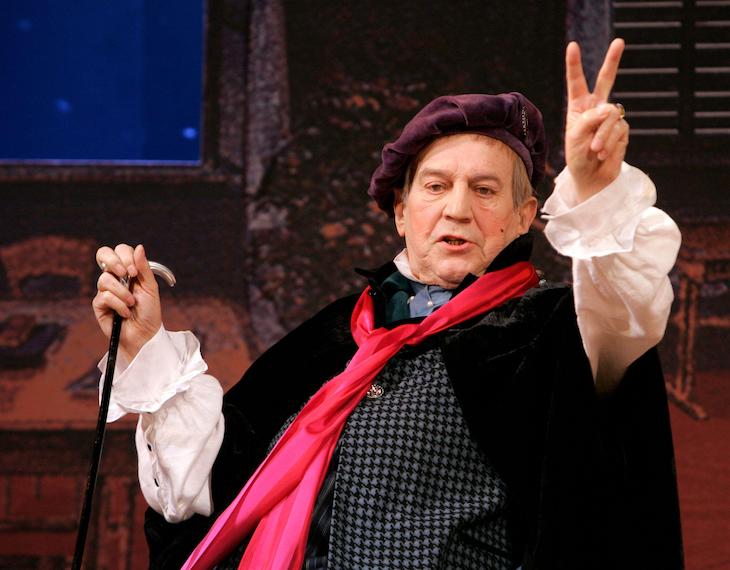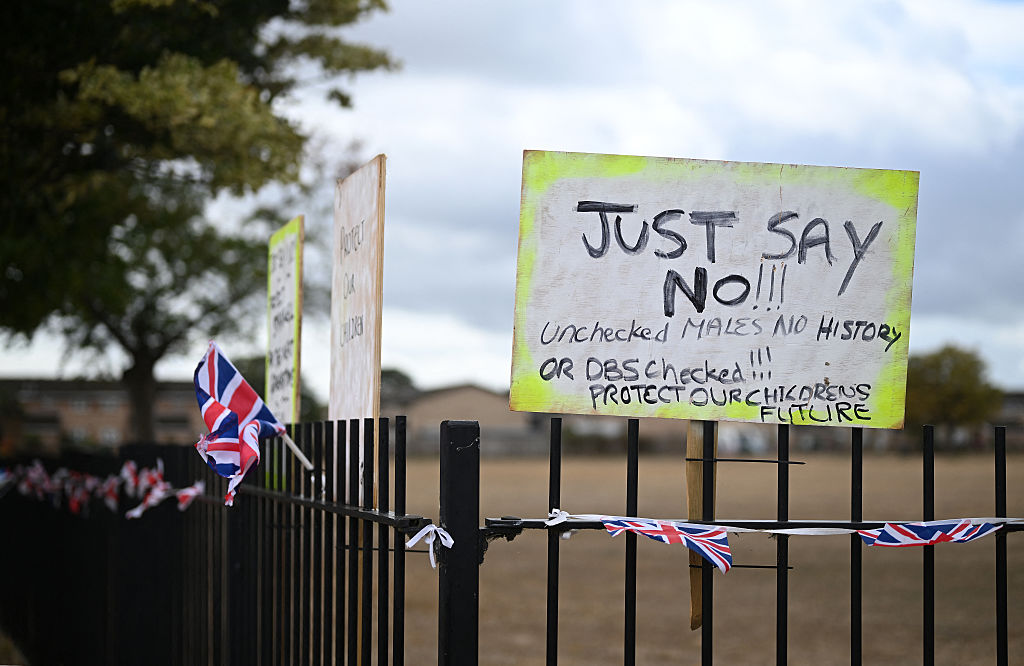A long life well spent doing what we love is more than most of us can hope to get anywhere near. Otto Schenk, who died a few weeks ago aged 94, took that trophy; his career as a director (and sometimes performer) of opera stretched over considerably more than half a century. Many of his productions – ‘traditional’, or ‘hackneyed’, according to taste – continued in repertoire for decades. Schenk’s face was set very much against the cultural wind of his times. We have much to learn from his life.
His 1972 TV movie version of Die Fledermaus – based on his very long running production at the state opera house in his native Vienna – is a masterpiece. I say movie, but it was recorded on videotape rather than film. It’s the best translation of opera from opera house to living room, as it’s made like a TV drama, with cameras swooping and zooming, close-ups and cuts. Many TV opera productions are just captures of a stage performance, with its totally different performance dynamic. The cameras are locked off, inert. But the overwhelming scale of an operatic stage only works when you are physically there. On a TV screen, even on today’s huge ones, you’re often left squinting and trying to work out what’s going on, as if you’re peeping through a curtain right at the back. You can watch this version with English subtitles below, and I strongly suggest that you do:
It has an irrepressible pep and vigour, and it was nice to see, after the news of Schenk’s death on 9 January, that many others shared my experience of it; turning opera from something that seemed unfathomably old-fashioned and arcane into an ecstatic pleasure. ‘Oh, so that’s what it’s for’. He even turns up in it, and is very funny.
It’s surely long past time to stop the Nazis defining Wagner
But it’s his productions of Wagner’s Ring cycle in New York that were most renowned, and most out of their time. (You can watch these at the Met’s site for a small fee.) Schenk played the Ring operas very much in the mould set by Wagner, with the iconography – deep forests, big beards, lots of robes and armour and proper dragons – that Wagner virtually invented, but which has become the used furniture of Rings and Thrones mythic fantasy.
In this, he was setting himself very much against the grain. Following the Second World War, and the understandable revulsion at the Nazis’ Wagner fandom (and Wagner’s own antisemitism), Bayreuth led the way in what became known as regietheater; where the original text is presented, but set somewhere or somewhen completely different, at the whim of the director.
Over 80 years on, and we still have regietheater Wagner productions popping up everywhere. I’ve seen Das Rheingold set in an executive washroom, Gotterdamerung in a post-nuclear Mad Max wasteland and Die Walküre taking place inside a giant rotating wedding cake.
Maybe such innovations were necessary in the 40s and 50s, to wash the taste of the Nazi-approved ultra-trad productions away. But it’s surely long past time to stop the Nazis defining Wagner, or anything else.
As the decades have gone by, the constant innovating has got more and more bizarre. Seeing the opening scene of Siegfried – an evil dwarf anxiously awaits the return of his adopted human son from a hunting expedition – transformed into ‘and what time do you call this?’ bickering between an age-gap gay couple was the last straw for me.
There is also an obsession with grot, an overreaction to the opulence of the originals. Plastic bags, slag heaps and dirty needles abound. The programme will, I guarantee you, have an interview with the director talking about ‘liminal spaces’. I’ve had enough liminal spaces now. Liminal is a word used only by people who wish to signal that they are the kind of people who know what the word liminal means.
Worse, regietheater bursts its Wagnerian banks and now infects much other opera, and theatre, particularly Shakespeare. This is theatre for jaded palates, but there have been so many reimaginings that the supposedly clapped-out original form has been lost. Every production is somebody’s first production. I can’t imagine what a total newbie would make of Lohengrin set in giant cubes suspended in outer space, or King Lear taking place in a Deliveroo depot.
It says something that nobody would consider, even for a moment, hacking away at the actual music in any opera. Dropping a few bars of ‘Hello Dolly’ into Parsifal? Zhuzhing up La Traviata with a quick burst of Sabrina Carpenter? No. But the staging? Go ahead!
These stagings are sometimes intended to be inclusive and relevant, but they usually succeed only in being head scratchingly weird, elitist and exclusive. It’s as if we can’t look grandeur in the face. The monumental embarrasses us in the TikTok age.
The Ring cycle requires at its conclusion a woman in full battle armour, singing very loudly after three hours at full blast, to throw herself onto a funeral pyre – on a horse. This is followed in short order by the destruction of the universe in ruin, fire and flood. Otto Schenk made that work. He was leading us back from the mundane to the elemental, and we should follow him.








Comments